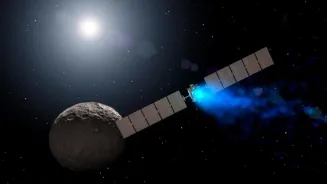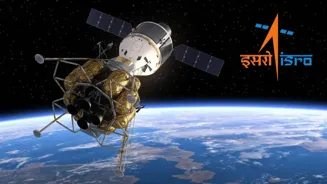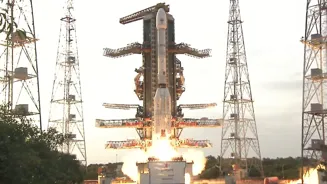Unveiling the Secrets of Asteroids: Dive into the Science Behind These Celestial Wanderers. Find out more here!
Space, the final frontier, has forever fascinated mankind. While we marvel at planets, stars,
and galaxies, let us not forget the smaller, often overlooked, residents of our solar system - asteroids.
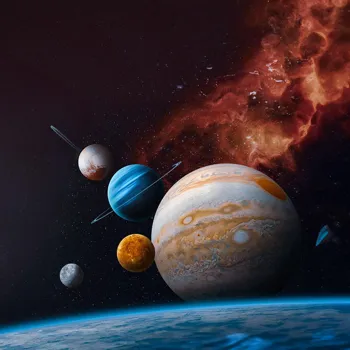
These rocky remnants, sometimes called minor planets, hold clues to the early history of our celestial neighbourhood and pose a potential threat to Earth. So, let's delve into the science of asteroids and discover some amazing facts about their origin and potential impact.
Asteroids are remnants from solar system formation, blocked by Jupiter
One surprising bit of information for you all is their origin. Most asteroids are believed to be leftovers from the formation of our solar system, which happened about 4.6 billion years ago.
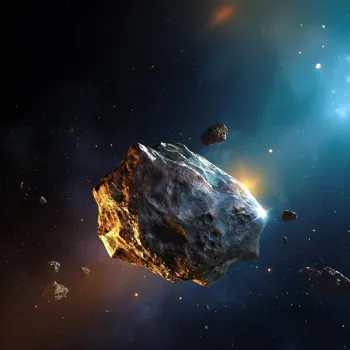
When the solar system was forming, gas and dust coalesced to create the planets, and some of the remaining material turned into asteroids. These objects never became planets because the gravitational influence of Jupiter, the largest planet in our solar system, kept them from coming together.
The asteroid belt, located between Mars and Jupiter is a region densely populated with these chunks of rock and metal.
Asteroids vary in size and shape due to collisions
Asteroids come in different shapes and sizes. Contrary to what you might see in movies, they are not always regularly shaped. They can be very small, no bigger than a car, or they can be quite large, hundreds of kilometers in diameter.
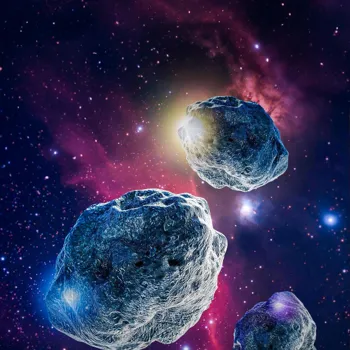
The largest known asteroid is Ceres, with a diameter of about 940 kilometers. In fact, Ceres is so large that it is classified as a dwarf planet! The different sizes and shapes of asteroids are due to collisions with other asteroids over millions of years.
Asteroid composition varies, revealing solar system's history
Moving on to talking about their composition. They are not all made of the same stuff, which is a cool thing to know. Some are mostly rock, while others are composed of metal, like iron or nickel. There are even some that contain a mix of both.
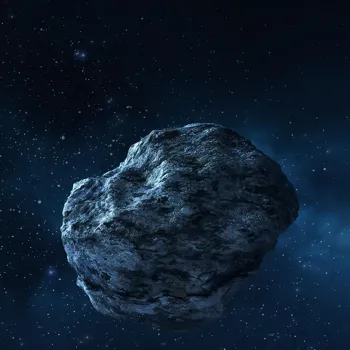
The composition of an asteroid depends on where it formed in the solar system. Asteroids that formed closer to the Sun are usually rocky, while those that formed farther away contain more metal.
These variations in composition provide scientists with valuable clues about the conditions that existed in the early solar system.
Exploring Near-Earth Asteroids and impact risks
Now, let's explore asteroids and their potential for impacts. Although most of them reside peacefully in the asteroid belt, some have orbits that bring them closer to our planet. These are known as Near-Earth Asteroids (NEAs).
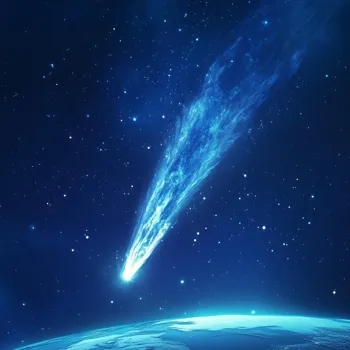
Scientists are carefully monitoring the NEAs, as a collision with Earth could have catastrophic consequences. While the chances of a major impact are relatively low, it is a risk that we need to take seriously.
Space agencies around the world are developing strategies for detecting, tracking, and potentially deflecting asteroids that pose a threat.
Asteroid impacts pose threat to Earth; planetary defense systems crucial
One of the most significant things to know is the threat these impact events pose to Earth. The impact of a large asteroid could cause widespread destruction, including earthquakes, tsunamis, and even global climate change. But, take note that not all asteroid impacts are catastrophic.
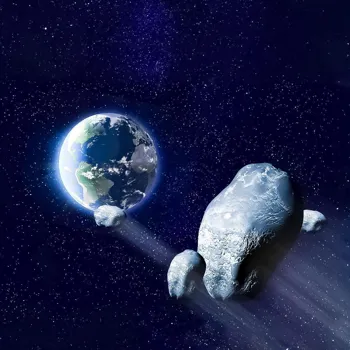
Small asteroids enter the Earth's atmosphere regularly, burning up as meteors, which create magnificent light displays. It is the larger asteroids that pose the greatest threat.
So, scientists and engineers are actively working on planetary defense systems and these systems help to protect our planet.
Space missions study asteroids, revealing composition and threat
Lastly, there is so much research being done to better understand these objects. One of the best ways to learn more about asteroids is to visit them up close.
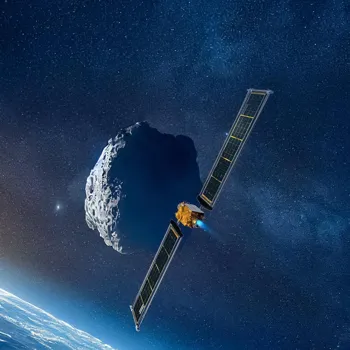
Space missions like NASA's OSIRIS-REx and Japan's Hayabusa2 have successfully collected samples from asteroids and returned them to Earth for analysis. These missions have provided valuable insights into the composition, structure, and origin of asteroids.
Future asteroid missions are planned, promising to further expand our knowledge of these fascinating celestial bodies. Studying them can help us understand the formation of our solar system. Also, we can assess the potential threat that asteroids pose to our planet.

